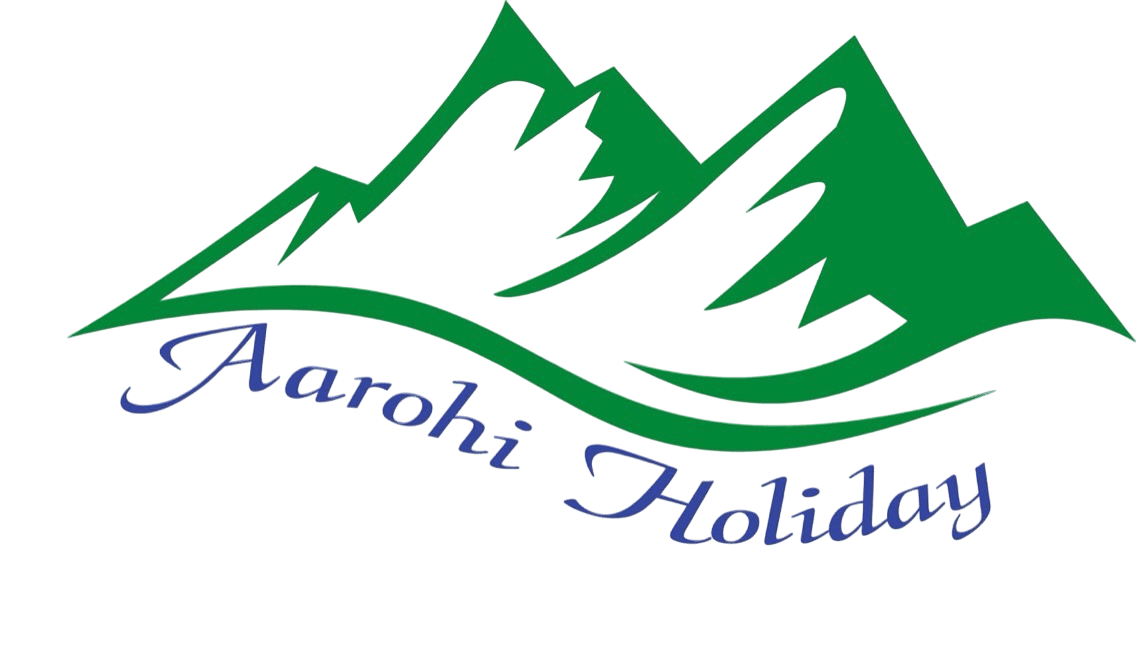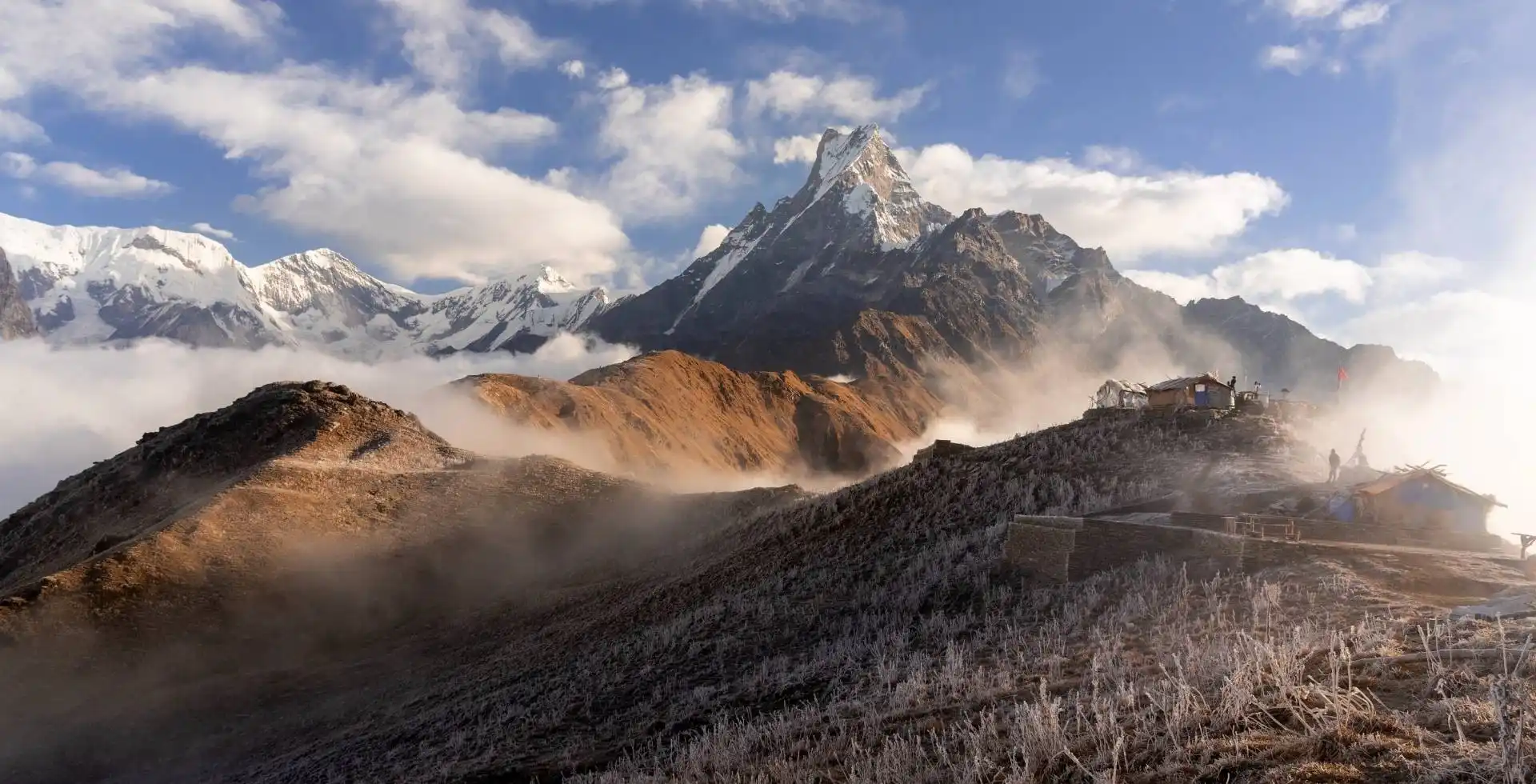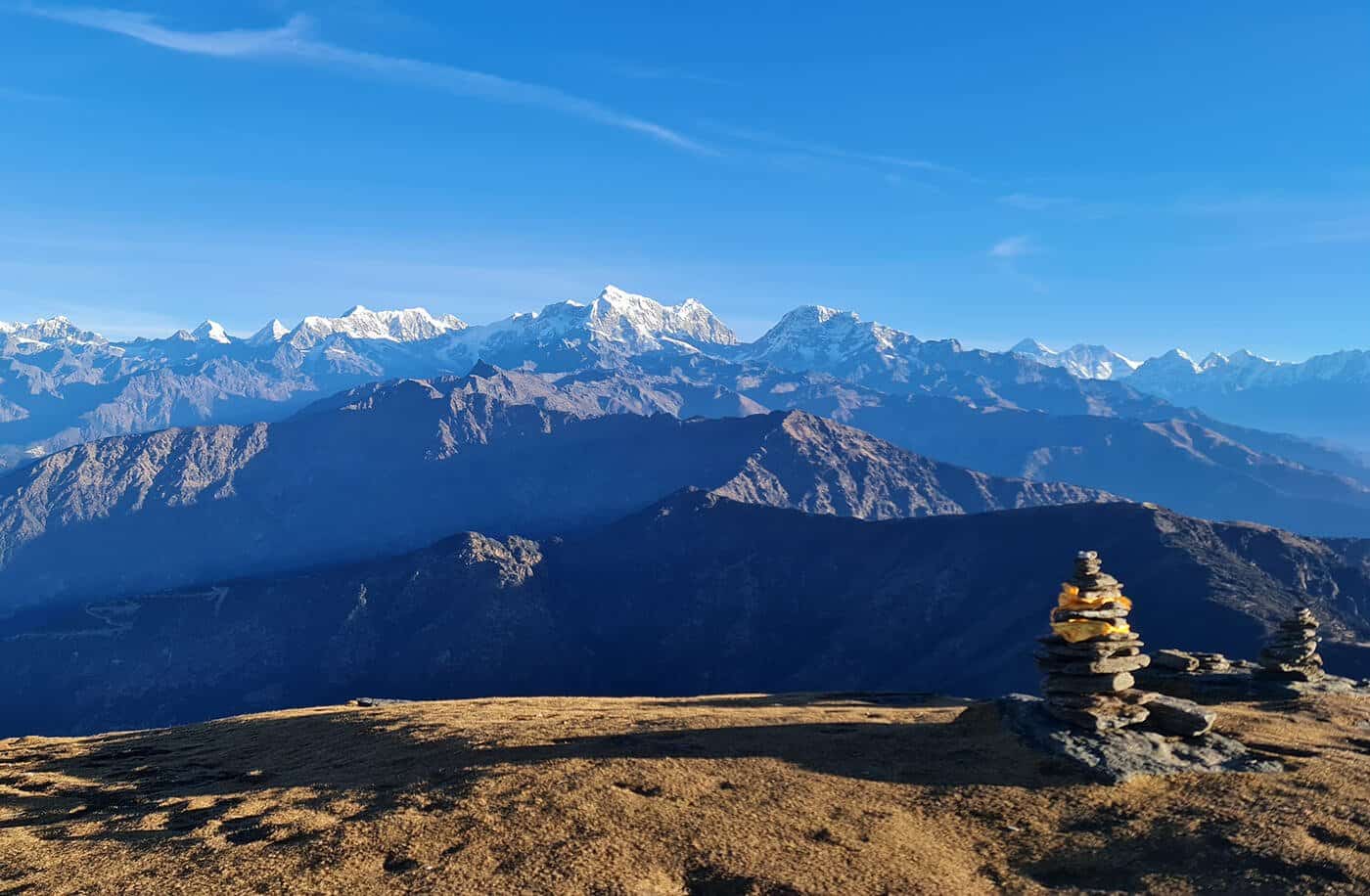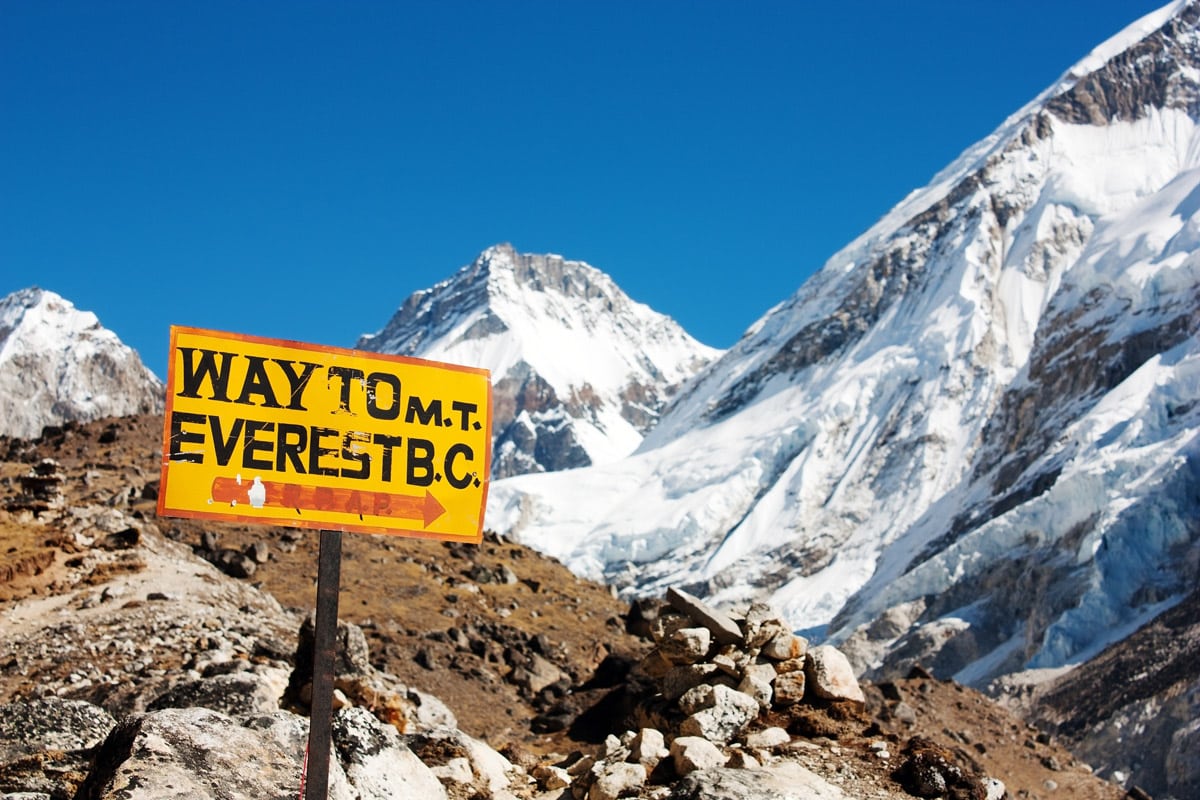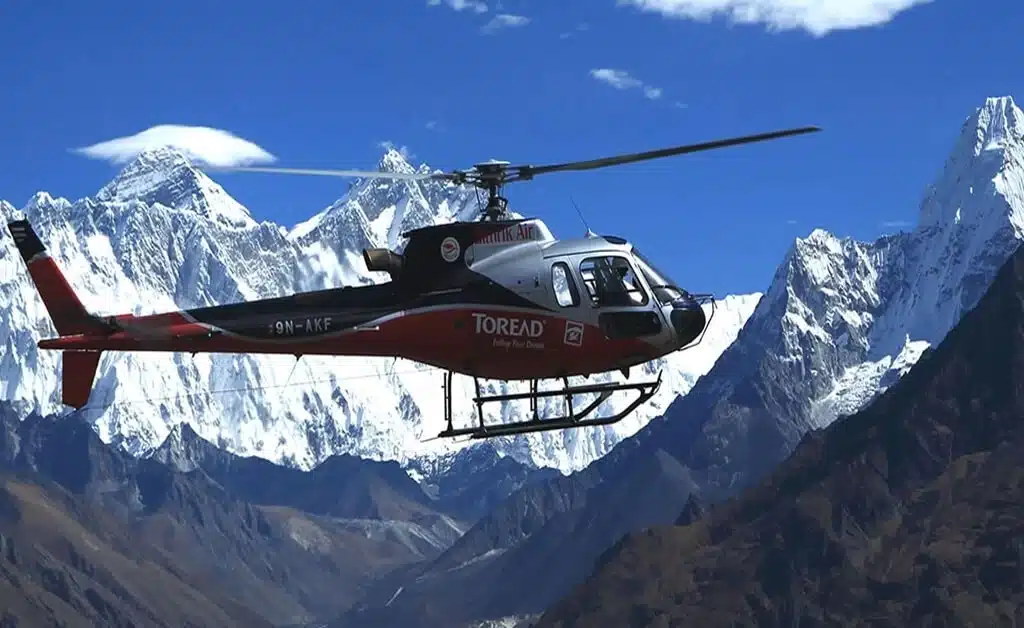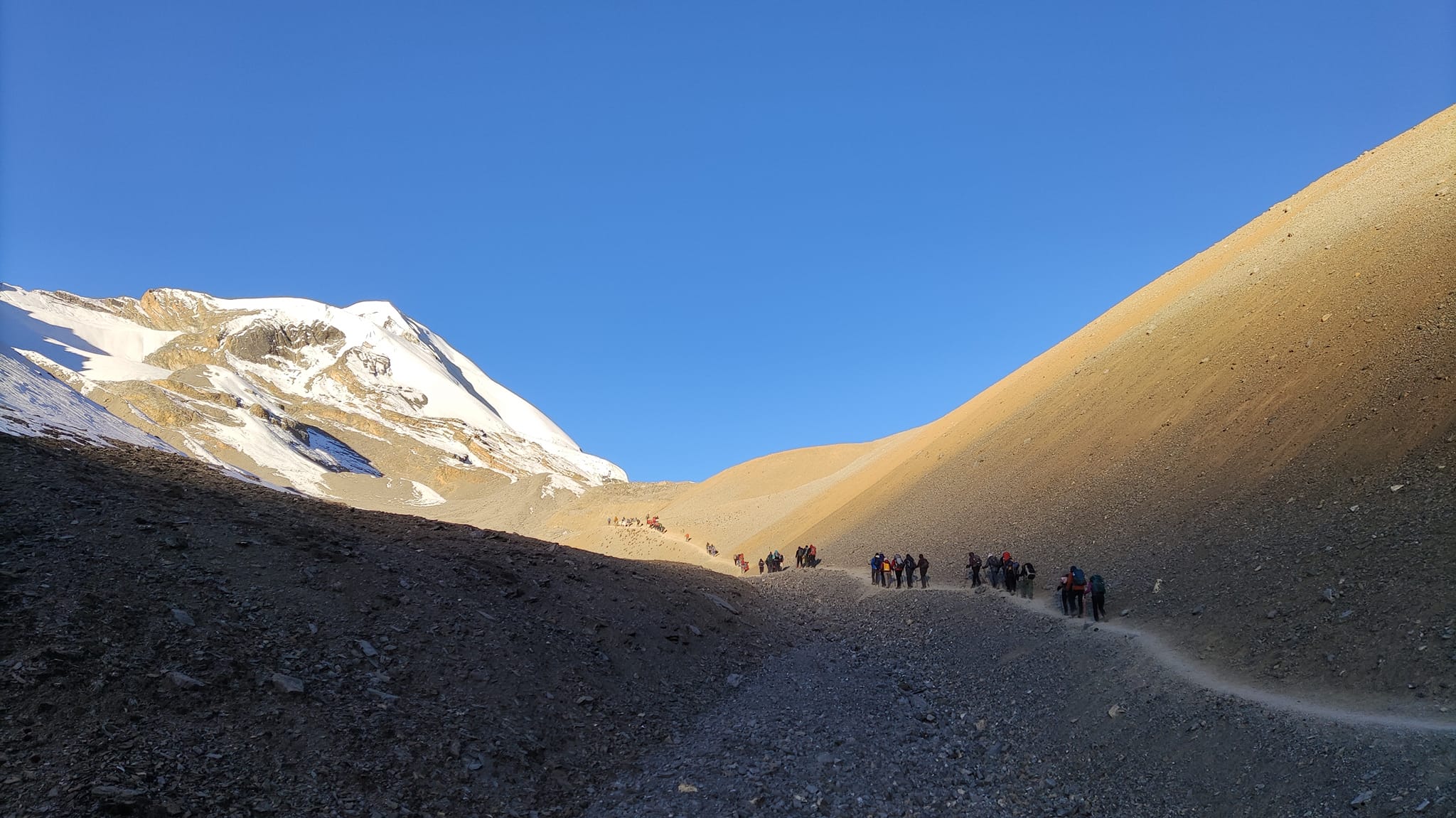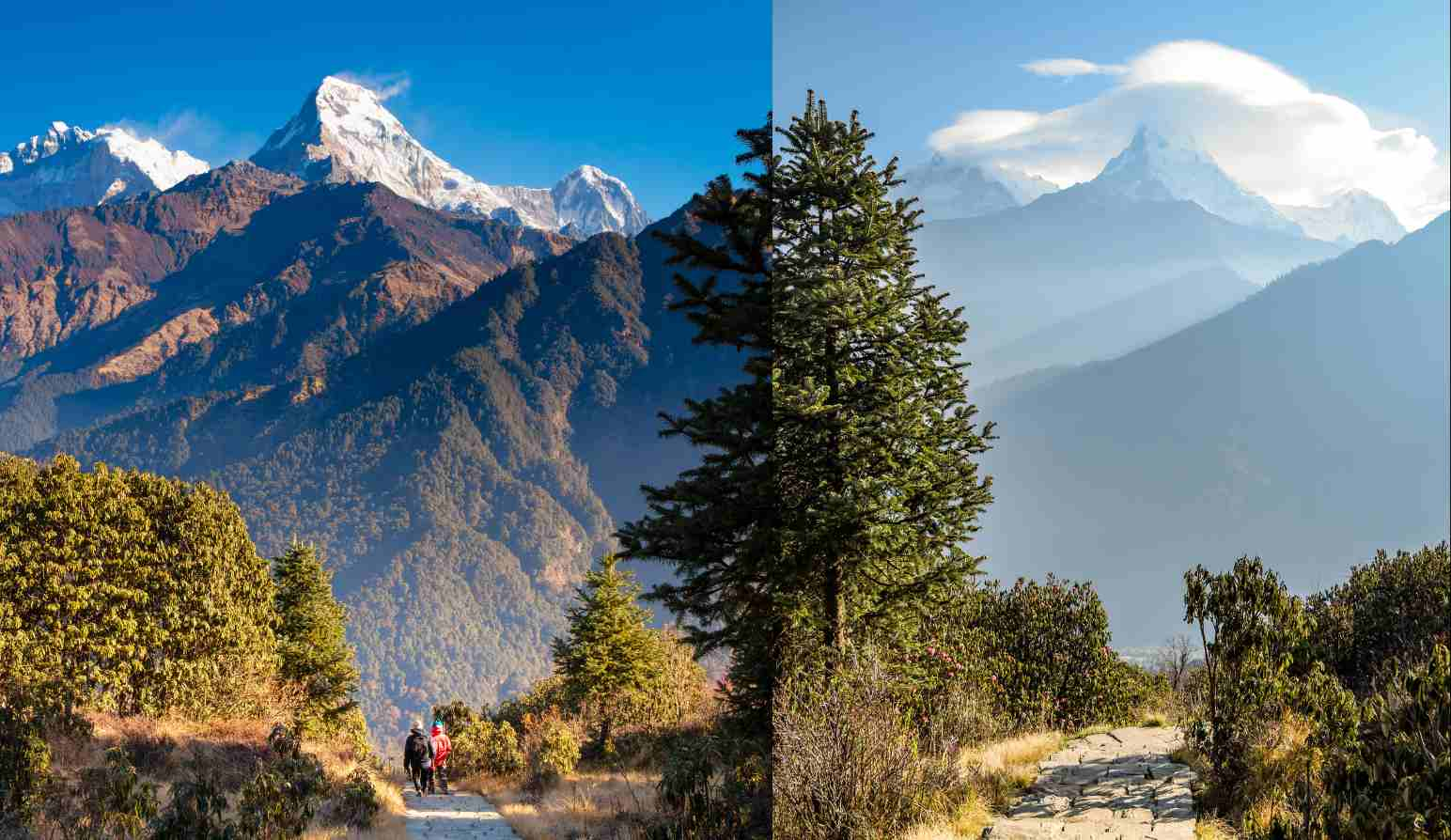US $780
Everest Base Camp Short Trek Overview
Everest Base Camp is the dream of many people who wish to walk and witness the mighty summit. In 1953, Hillary and Tenzing were the first to climb it in Nepal’s history, making this trip an introduction to a legendary trail. Everest Base Camp trek is one of the most popular activities among those who visit Nepal for a vacation.
EBC Trek is also famous for the friendly Sherpa people of the Khumbu region and the top standard adventures it offers. On the EBC Trek, you’ll enjoy the magnificent scenery of the Himalayan range near the Khumbu region, with four of the world’s six tallest peaks: Mt Everest, Mt Lhotse, Mt Makalu, and Cho-Oyu, rising above everything in sight. The trek will also take you through wide areas of stunning landscapes, ethnic settlements, and centuries-old Buddhist monasteries at Manjo, Namche, Tengboche, and Panboche.
Alluring birds like the bird of prey, snow pigeon, red and yellow-billed choughs, and flowers like Rhododendron (the national flower of Nepal), magnolias, blue pine, and hemlock make your trekking experience a delight for nature lovers. Another short yet interesting part of the Everest Base Camp is the magnificent views at sunrise, where the snowcapped peaks above the Khumbu Glacier create an unforgettable sight from Kalapathar.
We begin our 12-day Everest Base Camp trek with a sightseeing tour of the historical and cultural monuments in Kathmandu, including temples, shrines, stupas, bazaars, and streets. The next day, we’ll head towards the remarkable mountain of Everest Base Camp. Aarohi Holiday is always ready and helpful in guiding you, offering wonderful and unforgettable memories with the awesome trekking experience of Everest Base Camp.
Route to Everest Base Camp Short Trek

Your short Everest Base Camp trek begins with your arrival in Kathmandu (1,345m)Tribhuvan International Airport where our team will welcome you and assist with your hotel transfer. The next morning, you’ll take a scenic flight to Lukla, the gateway to the Khumbu region. From there, the trek begins through beautiful mountain landscapes, crossing suspension bridges and passing traditional Sherpa villages like Phakding and Namche Bazaar. You’ll spend a day acclimatizing in Namche, followed by a journey through Tengboche, famous for its monastery and views of Ama Dablam, then continue to Dingboche and Lobuche, gradually ascending to higher elevations.
The trail leads to Gorakshep, the last settlement before the legendary Everest Base Camp (5,364m). After reaching base camp, a sunrise hike to Kala Patthar (5,545m) offers incredible panoramic views of Mt. Everest, Lhotse, and surrounding peaks. The descent follows the same trail, passing through Pheriche, Namche Bazaar, and finally back to Lukla. After a return flight to Kathmandu, your trek concludes with a final overnight stay in the city. This route is designed for trekkers looking for a shorter yet complete Everest Base Camp experience, balancing adventure, altitude, and comfort.
Why Choose Us for Your Everest Base Camp Short Trek?
The Everest Base Camp Short Trek is a perfect adventure for those seeking the thrill of reaching base camp with limited time. With many trekking agencies to choose from, here’s why Aarohi Holiday is the right choice for your EBC Short Trek:
- Aarohi Holiday is a trusted, government-registered local company with over a decade of experience in high-altitude treks across Nepal, Bhutan, and Tibet.
- Our licensed guides are highly experienced and well-versed in the Everest region, ensuring a safe, informative, and enjoyable journey.
- Safety is our priority—our guides are equipped with first aid kits, oximeters to monitor oxygen levels, and emergency support, including access to oxygen cylinders when needed.
- We offer a clear pre-trek briefing online after booking confirmation to help you prepare, covering everything from the itinerary to gear checklist and altitude awareness.
- Enjoy a hassle-free booking process with secure payment options and transparent pricing—no hidden fees.
- We provide private airport pick-up and drop-off, making your travel smooth from arrival to departure.
- Our 24/7 customer support team is always available to answer your questions and assist you during the trek.
- Comfortable accommodations in local teahouses and lodges with basic amenities are included throughout the trek.
- We support sustainable tourism, employing local staff and helping uplift mountain communities.
- A complimentary porter service is included to carry your heavier luggage, allowing you to enjoy the trail with ease.
Everest Base Camp Short Trek – 2025/26 Group & Private Options Available
Experience the breathtaking beauty of the Himalayas with our Everest Base Camp Short Trek—crafted for those who want to witness Everest up close, but within a limited timeframe. Whether you’re traveling solo or with a group, we offer both fixed departure group treks and fully guided private options to suit your preferences.
Our group treks usually include 2 to 12 people, offering a great chance to meet like-minded adventurers along the way. Prefer something more personal? Private treks give you full flexibility in pace and schedule, perfect for families, couples, or custom travel plans.
Bookings are now open for our 2025 Everest Base Camp Short Trek departures, and we’re also accepting early reservations for 2026. Planning ahead secures your preferred dates and lets us tailor the trek to your needs. Feel free to contact us anytime to start organizing your unforgettable journey to the heart of the Khumbu.
Everest Base Camp Short Trek Alternatives
Looking for other options? Try the Everest View Trek for a scenic short walk, or the Gokyo Valley Trek for stunning lakes and fewer crowds. For a real adventure, go with the Three Passes Trek. Short on time? The EBC Helicopter Tour is perfect for epic views without the hike.
